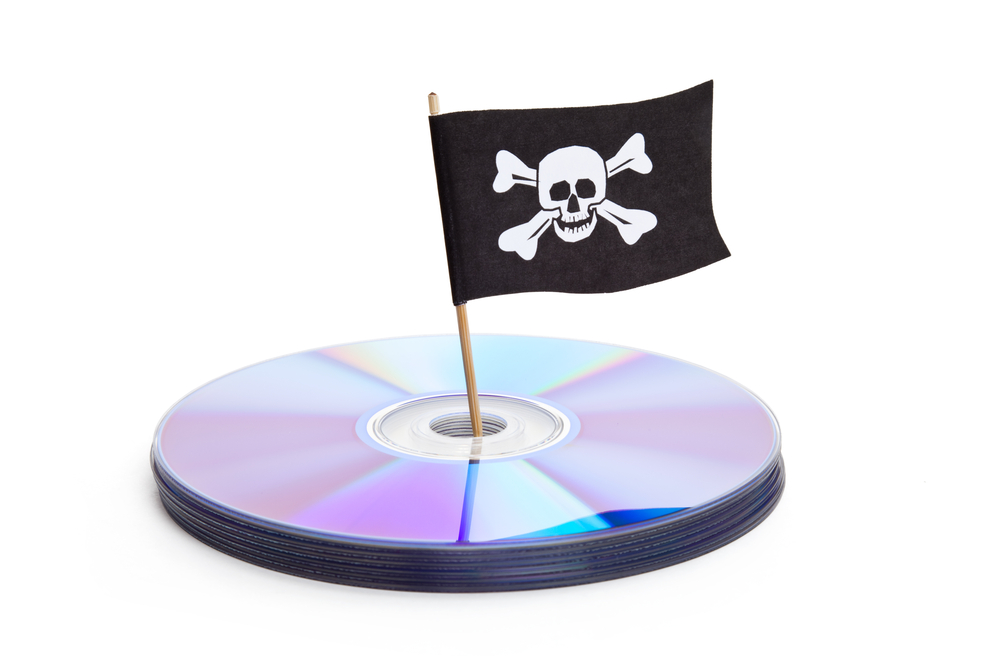If you’ve seen the latest Indiana Jones film, you might think the movie industry has problems. “But the one everyone knows about is piracy,” says Raymond Drewry.
Drewry is principal scientist and vice-president of Motion Picture Laboratories (MovieLabs), a research organisation funded by major studios to advise them on technology.
“The studios are good at making movies and good at distributing them, but they are not good at software and hardware, so that’s what we provide advice on,” he says.
With an estimated 10% to 20% of their potential revenues lost to piracy, the movie companies are “in a hurry to avoid what happened to the recording industry”.
Piracy attracts highly emotional responses from various industries and communities, Drewry observes, with arguments ranging from free speech to the rights of artists.
“Good data allows a discussion that is productive,” he says. “It’s an emotional stabiliser for a complex issue, where detail is often lost to soundbites. BI is an antidote to ‘proof by vigorous assertion’.”
P2P piracy
MovieLabs has been focusing BI on peer-to-peer file sharing (P2P) and social networks with user-generated content (such as YouTube).
P2P has a reputation as the pirate’s tool of choice, with an estimated 80% to 95% of all P2P traffic consisting of pirated content. But that doesn’t mean everyone’s a pirate, says Drewry, since “Five per cent of people are actually the ones using 75% of the bandwidth.
“What that means is that most people acquire legal, legitimate content. It also means ISPs should probably change their pricing models.”
Drewry’s team gathers data using a “simple brute-force software program” that tracks P2P traffic by following popular pirated movie torrents. “We have the data; now we can slice it different ways,” he says.
Three strikes and you’re out
This was used to help develop the concept of ‘graduated response’ – or ‘three strikes’ – trialled by a range of US-based ISPs. “The first time, you send someone a note saying ‘Please don’t do it again’. The second time, you send a sterner note, then eventually a note with a summons to court,” Drewry explains.
“We found that in the general population only 8.1% reoffend after the first note, 1.3% after the second, and only 0.3% after the third notice.”
P2P piracy receives a lot of press, but according to “a little-known fact”, last year streaming video topped P2P traffic and that is one place where intellectual property is almost universally ignored.
“P2P is declining as a piracy vehicle while streaming is becoming even more popular,” Drewry says. “YouTube, for example, increases in size by 150,000 videos every day.
He acknowledges that a lot of the pirated content on such social networking sites “may not infringe in a meaningful way”. And he emphasises that MovieLabs has become more interested in how to turn the traffic into business for studios and sites.
“The videos are generally low-quality and short,” he says. “Removing the content generates bad feelings from the user, and YouTube is owned by Google, so you don’t want to annoy YouTube.”
One proposed idea to tackle the problem: “Three minutes we don’t care about, five minutes and it can run with an ad, 10 minutes and it must link to the whole thing on DVD (YouTube’s file limit is 10 minutes).
“New technology is changing the way we do business in all kinds of industries,” Drewry says, admitting that the movie industry “has to accept that the Internet as a distribution model is now permanent – and accept it or die.
“But the movie industry [executives] are smart – they’ve seen what happened to other industries. They are listening. It may look as if nothing is happening from the outside, but they are willing to experiment – and pull the plug fast if it doesn’t work.”










